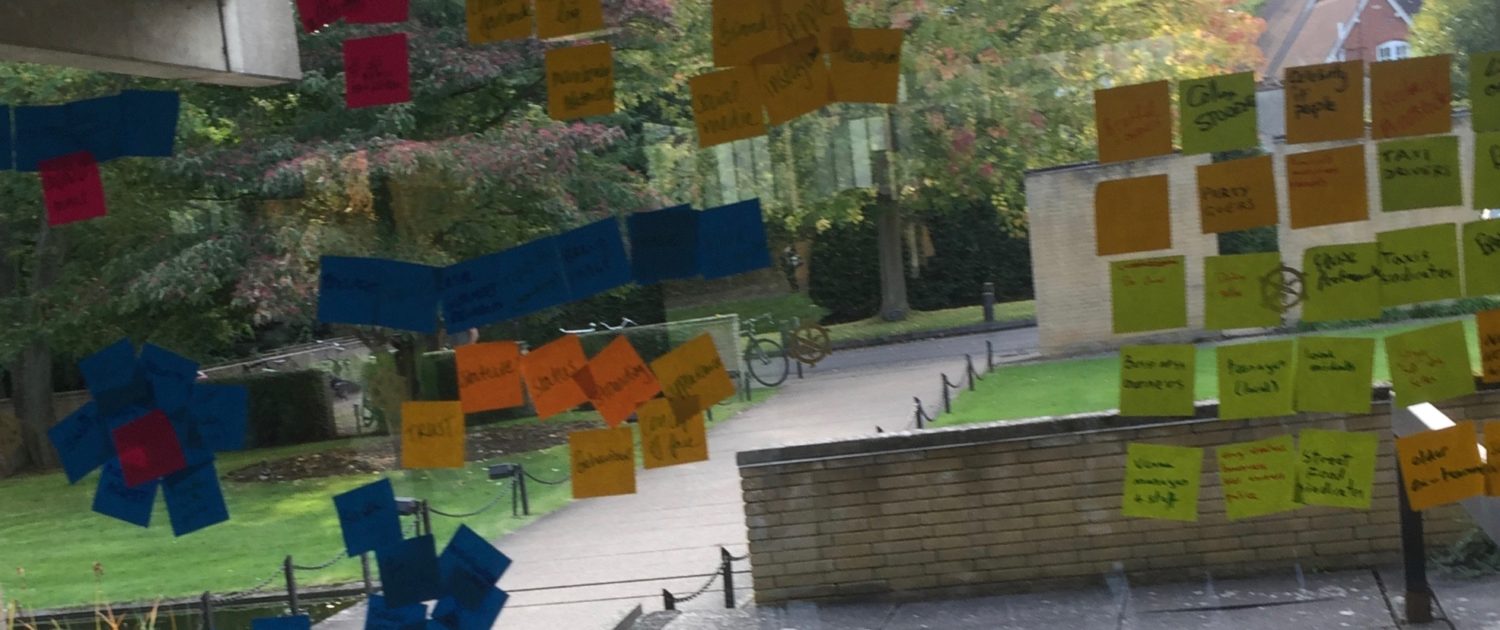Changing the way you problem solve
By: Rodger Watson, Deputy Director, Designing Out Crime Research Centre, University of Technology Sydney
‘If what you have been trying isn’t working, try something else,’ said Dick Rijken, Professor of Information Technology and Society at The Hague University of Applied Sciences. He was referring to the work of Kees Dorst, Professor of Transdisciplinary Innovation at the University of Technology Sydney and the practice that has been developed at the Designing Out Crime Research Centre (DOC). This practice is applied with stakeholders to understand complex problems, and to collaboratively create solutions. The practice was developed specifically because the dominant paradigm of crime prevention was not keeping up with societal and technological changes.
Previously, at the New South Wales Department of Justice in Australia, I worked with local government, community groups, and the private sector to develop responses to local crime problems. I had completed a Masters of Criminology, and was applying my discipline to the best of my ability. The problem was, the dominant paradigm within crime prevention practice had been one of ‘evidence based solutions’. Applying evidence-based solutions is fine, if the problem is not complex, however with emerging crime types there are no evidence-based solutions, how could there be? So what do we do? It was at this point, the Department of Justice commissioned the University of Technology Sydney to establish the DOC and soon after I moved to work there.
At DOC I found an enthusiastic group of people from different disciplines including; Psychology, History, Industrial Design, Architecture and Urban Planning. Kees had developed his broad theory of Frame Creation, and we set about creating a practice to take on complex problems. Drawing from each of our disciplines, and with the help of a network of collaborators, including Dick Rijken and our friends at Design Against Crime at Central Saint Martins, UAL, we built up tools and approaches to take on complexity with our colleagues from the public sector. We call this practice ‘designing for the common good’ and have applied it to more than 100 real world problems, all the while developing new tools and working with our partners (government agencies, NGOs, private sector, and community groups) to take on complex problems.
Many of the intractable problems that find their way to us have long histories and multiple perspectives, some are the result of emerging crime trends. What is clear is that when there isn’t an evidence-based solution at hand, new solutions need to be developed. Whether it is alcohol related violence in an inner city suburb, rehabilitation of prisoners, identify theft, or the recent trend of terrorists using vehicles to attack crowds of people, collaborative problem solving has been a crucial element of our work.
Another other crucial element to our work has been that we have deliberately and purposefully used a productive reasoning pattern. We have drawn on the discipline of design to understand creative practice as they explicitly deal with creating new things. This abductive reasoning pattern starts first with the question, ‘what is the desired value, or the why?’ and then works backwards to how this might be achieved and only then what actions might be taken. To a classically trained philosopher, this may seem uncomfortably like a logical fallacy, affirming the consequent. However, the next part of the process is to test and iterate this new proposition with the stakeholders who have been involved in the process to date, and broader stakeholders.
At the 2017 Wildlife Trade Symposium, Evolving perspectives on the demand for illegal wildlife products, my colleague Madelon Willemsen (Visiting Research Fellow, Faculty of Transdisciplinary Innovation, University of Technology Sydney) and I facilitated two workshops with symposium delegates. Using a case study from the Designing Out Crime portfolio, participants were introduced to the theory behind the practice, and then stepped through a real-life case study and assess how this could be applied to problems surrounding the illegal wildlife trade. A summary of discussions and outcomes from these sessions will be available soon.
Article edited by: Nafeesa Esmail






